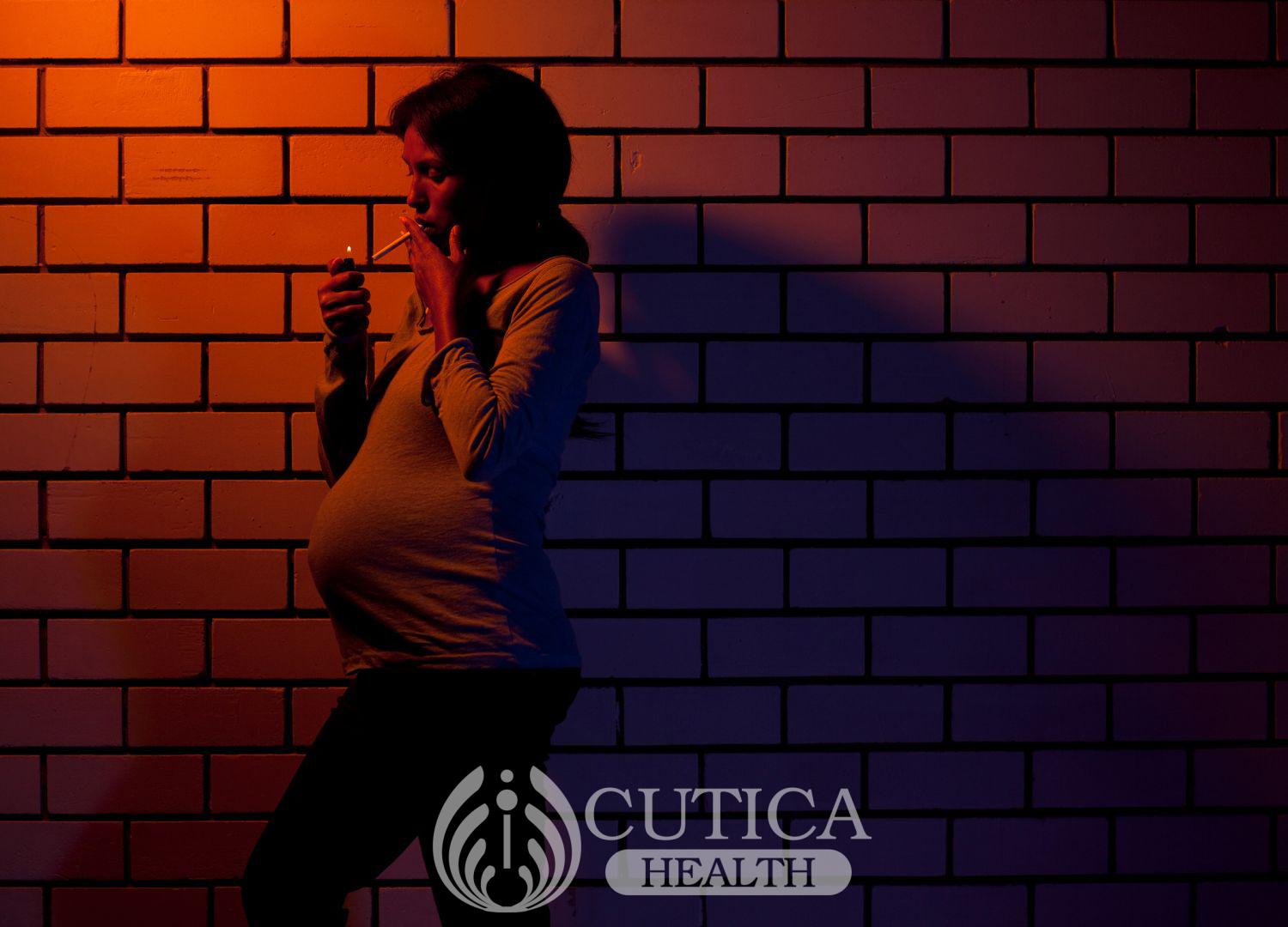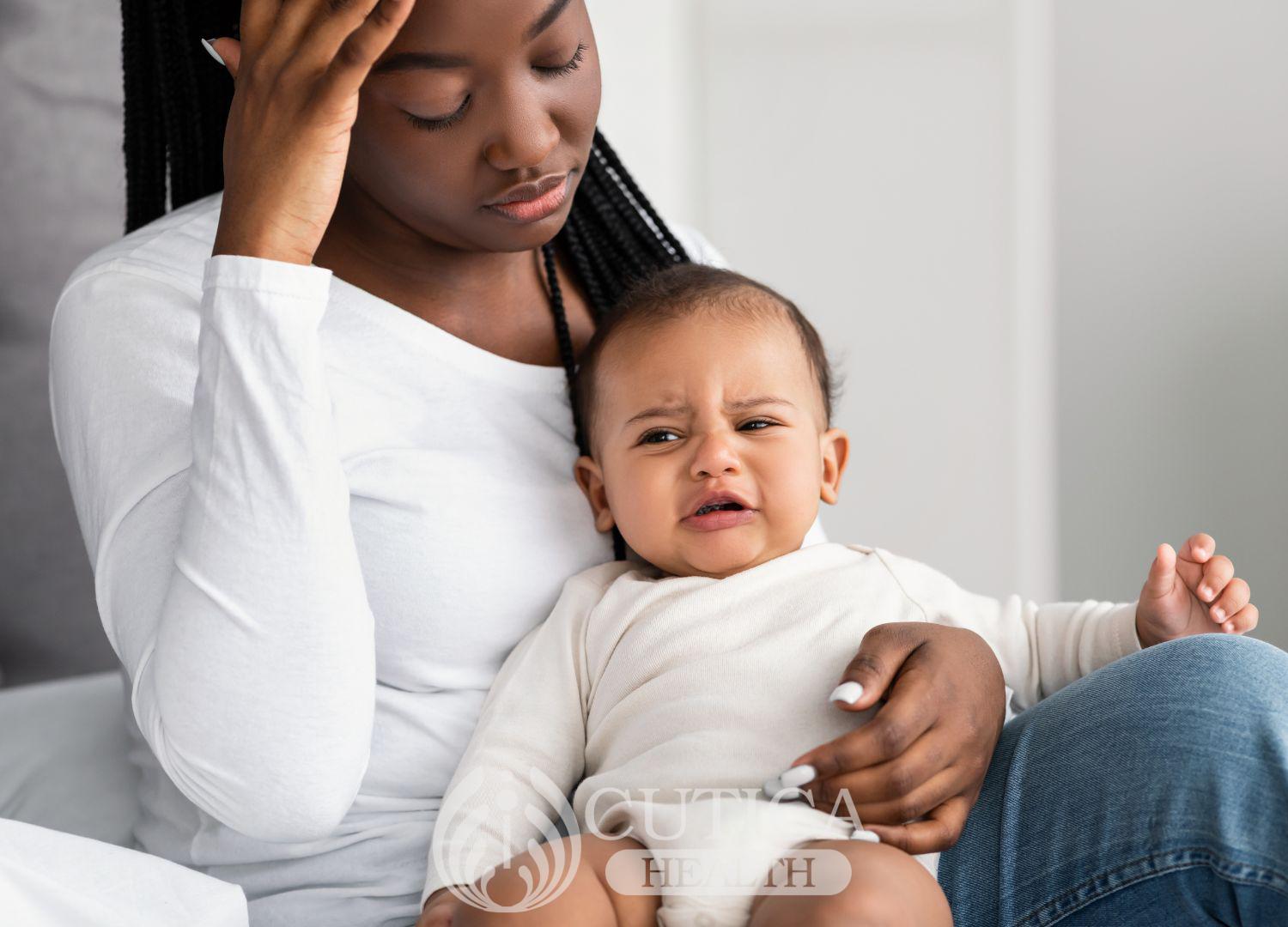
This is the second time Dr. James is making that statement, that “your child has got febrile seizures.” Today, I will ask him what it means. We all just got scared last night when Mary woke up jerking uncontrollably with her eyeball rolling upward; her body was very hot too. Honestly, we thought it was the end. We sped to the hospital thinking she was going to die.
Febrile convulsions or febrile seizures are common in children. They are uncontrollable jerky movements of the hands and legs triggered by high body temperature. More often than not, febrile seizures lasts only a couple of minutes and do not suggest that your child has a serious health problem.

Symptoms of Febrile convulsions
Febrile convulsions typically occur in children between 5 months and 5 years. Typical symptoms include:
- Elevated temperature (usually more than 38 degrees Celsius)
- Jerks in arms and legs
- Drowsiness
- Loss of consciousness in some cases

Based on how the seizures present, there are two types of febrile convulsions, including:
- Simple febrile convulsions: This is the most common type of febrile seizures and lasts only a few seconds to 15 minutes. It also typically occurs once within 24 hours. Simple seizures usually affect all parts of the body, causing jerking in all parts of the body.
- Complex febrile seizures: This type of febrile convulsions lasts longer than 15 minutes and can occur more than once within 24 hours. Complex febrile seizures usually affect one side of the child’s body; for example, jerking only one arm or both legs only.
What could cause Febrile Seizures?
Any condition that causes your child’s temperature to spike can trigger febrile seizures. One factor that distinguishes febrile seizures from other causes of seizures is that the febrile seizures are caused by conditions that do not primarily affect the brain. Examples of these include:
- Malaria
- Ear infection
- Pneumonia
- Flu
- Post-vaccination

While most cases of febrile seizures are harmless and don’t recur, they may become recurrent and cause epilepsy in some children. The risk of having recurrent febrile seizures in a child is increased if:
- There is a family member with febrile seizures too
- The first seizure occurred when the child was younger than 18 months
Treatment and Prevention of Febrile Seizures
Most febrile seizures do not leave lasting effects and resolve on their own. However, your doctor may prescribe anti-seizure medicines to abort the jerks. In addition, the doctor will prescribe medications to treat the primary cause of the seizures.
Febrile seizures are also preventable. Here are a few tips:
- Give your child fever medicines, such as Tylenol or Advil, when they start having fever. Do this before going to the hospital. You could also tepid-sponge their body to cool it down. Breaking the fever early on lowers the risk of febrile seizures
- Take your child to the doctor early: Spot your child with rashes and low-grade fever? Take them to the doctor on time. If your child is having a fever and other symptoms, use fever-reducing medicines and take him or her to the hospital.

Febrile seizures are usually harmless and occur in children younger than 5 years. However, they could recur into early childhood and cause epilepsy. Treat any febrile illness in your child urgently to prevent any seizures from happening.












